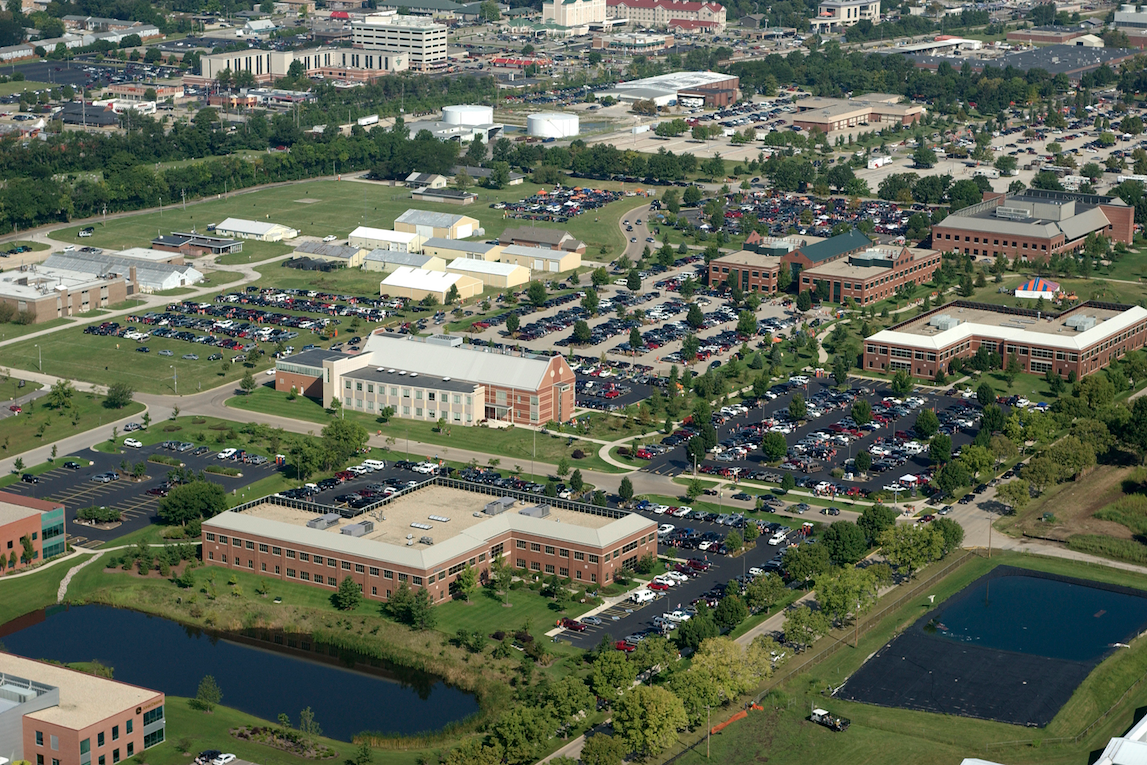On May 4, Houston Mayor Sylvester Turner stated his support for building a data science center. The next day, he endorsed plans for an Innovation District. How would these types of development promote entrepreneurship, innovation and economic growth in Houston?
The Basics
What are Research Parks, like the proposed data science center, and Innovation Districts?
Research Parks promote research, technological development and commercialization by creating a high density of universities and research institutions within a small area. By placing many innovative researchers and developers in close proximity, Research Parks encourage growth of new companies and collaboration across fields, driving technology-based economic development.
The Brookings Institution defines Innovation Districts as dense areas that bring together research institutions, high-growth firms and startups through thoughtfully designed and resource-rich commercial and residential spaces.
Research Parks and Innovation Districts slightly differ in their implementation, but both spaces aim to accomplish similar goals; they want to create physical hubs for innovation and entrepreneurial development. Typically, developers build Research Parks on new land, cultivating previously undeveloped space. Innovation Districts, however, use old land. This land was previously developed but is no longer in use.

Both Research Parks and Innovation Districts are generative and can be helpful in stimulating local economies. Stanford Research Park in Palo Alto and Research Triangle Park in Raleigh-Durham are some of the most well-known examples in the United States. Research Triangle Park is the largest in the country and one of the largest in the world. Stanford Research Park played a key role in the creation of Silicon Valley.
Successful Innovation Districts include Kendall Square in Cambridge, Massachusetts, South Lake Union in Seattle and Over-the-Rhine in Cincinnati.
What Makes These Areas Special?
Research Parks and Innovation Districts are highly productive areas. Innovation leads to new ideas and job creation. According to the Association of University Research Parks, each job in a Research Park generates approximately 2.57 additional jobs. Thus, the more than 300,000 Research Park employees in the United States lead to 700,000 additional jobs.
Innovation Districts can also produce strong results. By placing many innovators in close proximity to one another, they facilitate collaborative interactions. As Innovation Districts vary greatly in size and productivity, an accurate estimate for job creation is unavailable.
Key Factors: The Capital Stack
Layered financial tools known as a “capital stack” are necessary to promote the development Research Parks and Innovation Districts. For a capital stack that attracts investors, an area must have access to multiple types of equity, incentives and debt to provide flexibility to developers and innovators.
Developers may be able to secure planning grants through the U.S. Economic Development Administration to create the Research Park or Innovation District. These are “designed to leverage existing regional assets and support the implementation of economic development strategies that advance new ideas and creative approaches to advance economic prosperity in distressed communities.” Even though Innovation Districts are built on previously developed land, the government still issues planning grants because they “advance new ideas and creative approaches to advance economic prosperity in distressed communities.”
Tax credit bonds are also common debt instruments. Instead of taking on loans, municipal governments sell bonds, which provide tax credits in lieu of interest payments. Some examples are Build America Bonds, Recovery Zone Economic Bonds and Clean Renewable Energy Bonds.
Equity is also an important necessity. Investment can be incentivized from a variety of sources, like New Market Tax Credits. These give tax credits to investors who make equity investments in Community Development Entities in developing and low-income communities. Housing and Urban Development community development grants and state or federal tax relief programs can also incentivize investment.
Key Factors: Social Factors
The final piece of the puzzle to create a Research Park or Innovation District is social organization. In order to facilitate collaboration and innovation, physical, intellectual and social resources need to be readily accessible.
Networking assets—“the relationships between actors—such as individuals, firms and institutions—that have the potential to generate, sharpen and accelerate the advancement of ideas”—are essential for the development of Innovation Districts. The lines of communication between developers, researchers and sources of funding must be open and easily accessible. This synergy is enhanced in Innovation Districts through the close proximity of ecosystem participants and access to shared meeting and collaboration spaces.
The Potential for Research Parks and Innovation Districts in Houston
Many cities have developed Innovation Districts in effort to grow local entrepreneurship and innovation. Turner’s announcement of the planned Innovation District earlier this month mentioned the 40,000 jobs created by Chicago’s efforts to spur innovation. Turner noted, “It is now time for us to be more competitive, to further diversify and expand our economy. What Chicago can do, Houston can do better.”
In 2015, the University of Texas bought 332 acres of land in southwest Houston with the hopes of developing it into a small Research Park. However, in March 2017, UT Chancellor William McRaven canceled the site’s plans for development. The Houston Chronicle cites timing and lack of transparency as the main causes for the cancellation.
However, there may still be potential for a Research Park in Houston. Mayor Turner also expressed support for the proposed data science center, urging the University of Houston to take the lead. The Chairman of the University of Houston Board of Regents, Tilman Fertitta, has spoken positively about this idea, mentioning excitement about the prospect of collaborating with Rice University, Texas Southern University, Texas A&M University and the University of Texas through the development of a data hub.
Bill Gropp, the acting director of the National Center for Supercomputing Applications, recently stated that there is far more demand for Research Parks than there is supply. It is clear that the development of a Research Park or Innovation District would stimulate the economy and create jobs. If Houston wants to take advantage of these opportunities, the time to act is now.

